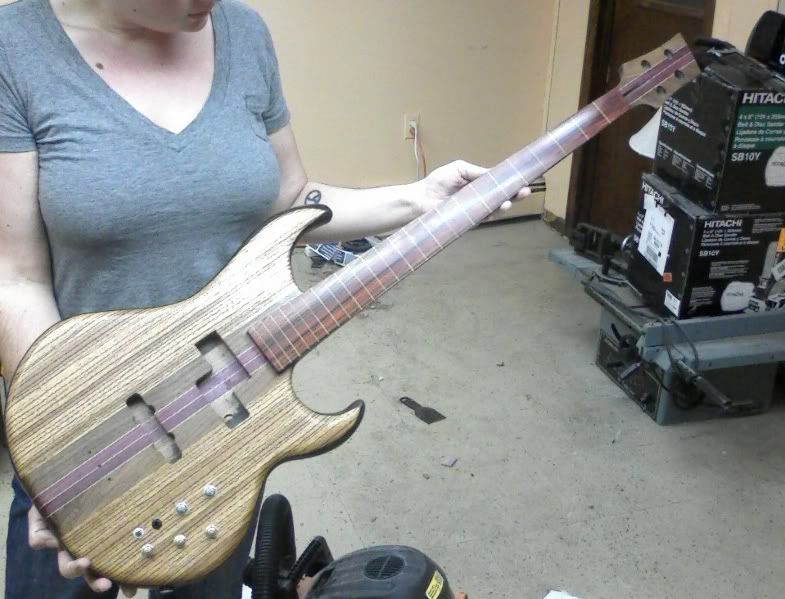i just finish a couple projects strat and tele,both with a swamp ash body and ebony board
new hardtail strat build - Page 2 - GuitarsCanada.com - The Canadian Guitar Forum
TELE'S TELE'S & more TELE'S heres another one - GuitarsCanada.com - The Canadian Guitar Forum
the tele has a 1/4" maple top all with alnico 5 pickups the strat has very nice cleans very bright overdrive is not quite so nice, i was just wondering if a wound alnico 2 pickups would it smooth-en the tone a little bit, not be so bright even though it sounds pretty good so if you would go with a alnico 2 pickup would you over wind it
new hardtail strat build - Page 2 - GuitarsCanada.com - The Canadian Guitar Forum
TELE'S TELE'S & more TELE'S heres another one - GuitarsCanada.com - The Canadian Guitar Forum
the tele has a 1/4" maple top all with alnico 5 pickups the strat has very nice cleans very bright overdrive is not quite so nice, i was just wondering if a wound alnico 2 pickups would it smooth-en the tone a little bit, not be so bright even though it sounds pretty good so if you would go with a alnico 2 pickup would you over wind it





Comment